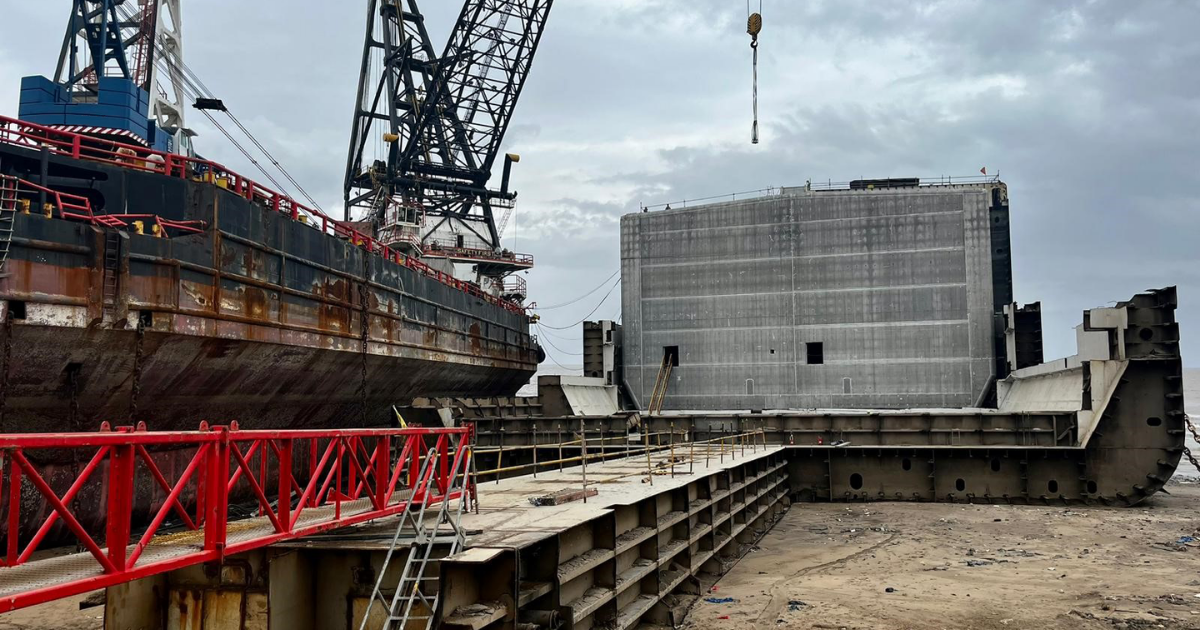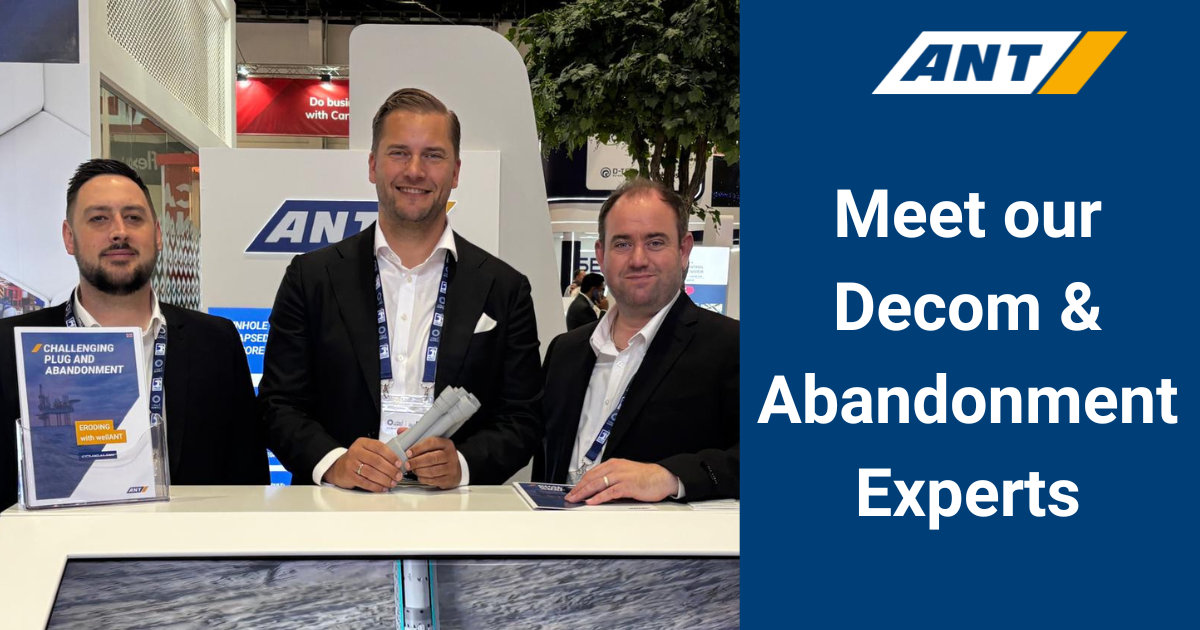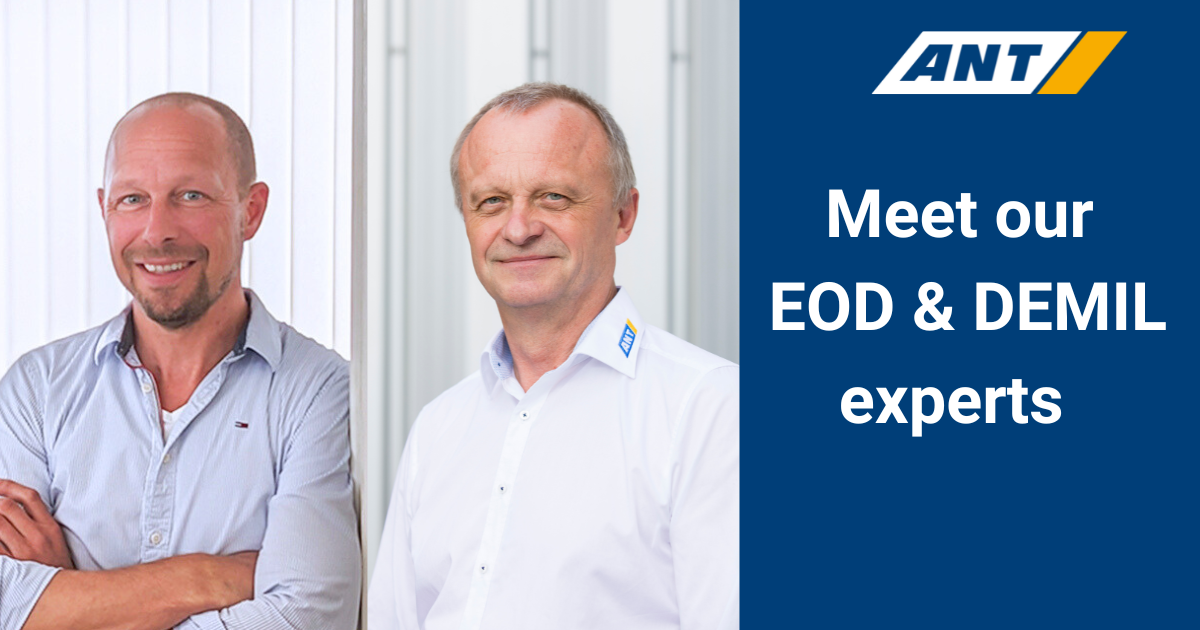Scientifically Proven: Waterjet Technology as a Key Enabler for Safe and Sustainable Ship Recycling
A scientific study confirms: waterjet cutting significantly reduces emissions and risks in ship dismantling.
Background of the Study
In 2023, Yan et al. published one of the most comprehensive scientific investigations to date on “The Environmental Impact of Ship Recycling”, released by the Institution of Engineering and Technology (IET). The study aimed to objectively compare various cutting methods used in shipbreaking – focusing on their environmental footprint and occupational safety.
The Central Question
How do thermal cutting, manual methods, and waterjet technology compare when it comes to emissions, safety, and process control?
Key Findings: Why Waterjet Cutting Stands Out
The study found that abrasive waterjet cutting (WAS) has clear environmental and operational benefits over conventional techniques:
- No heat-affected zones → Lower fire risk
- No production of toxic slag or gases
- Reuse of raw materials possible
- Safer handling, especially in confined or explosive environments
- Less CO₂ emissions compared to other cutting methods
This makes mobile waterjet systems a scientifically proven, sustainable alternative for dismantling ships and offshore structures.

Clear Advantage in Terms of Environmental and Operational Safety
The study clearly shows: Compared to thermal cutting methods like oxy-fuel cutting, abrasive waterjet cutting produces no airborne pollutants such as nitrogen oxides (NOₓ), dioxins, or VOCs—thanks to its heat-free operation. Fine dust emissions and fire hazards are also significantly reduced.
Furthermore, the research highlights that waterjet cutting, with its cold and precise separation process, offers a much safer and more environmentally friendly solution—especially in confined or sensitive areas. It protects people, materials, and the environment alike, making it a real step forward in sustainable ship recycling practices.
Why this is important for operators and shipyards
In an industry that is under increasing pressure to operate more sustainably and safely, these findings provide valuable arguments in favour of using innovative technology:
- Meeting ESG targets & environmental certifications
- Improving occupational health and safety and process control
- Competitive advantage in international tenders
- Cost savings through less rework and more efficient processes
Final note on the study
The above statements are based on the study by Yan, Lam & Lee (City University of Hong Kong, 2023), published by the Institution of Engineering and Technology (IET). The research relates to the general use of water abrasive suspension (WAS) technology compared to thermal and manual cutting methods in the context of ship recycling.
Do you have any questions?
Our sales team will be happy to help. You can reach us by telephone from Monday to Friday between 8 am and 4 pm.




